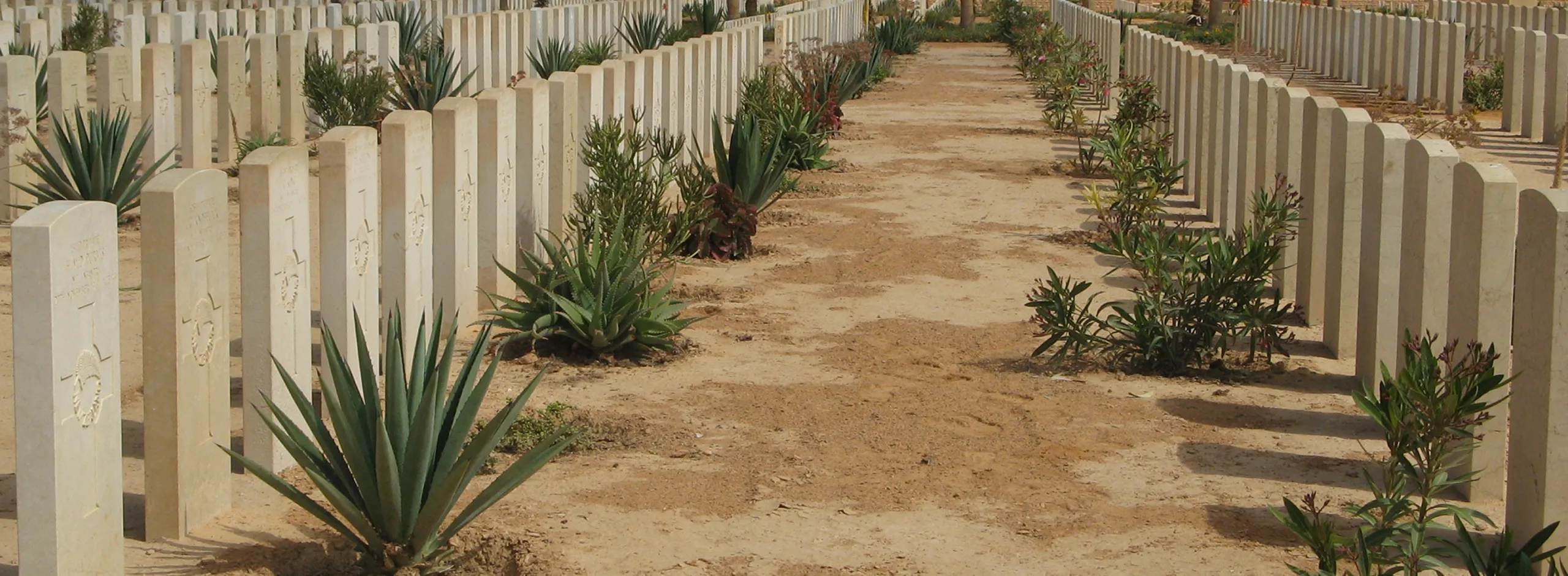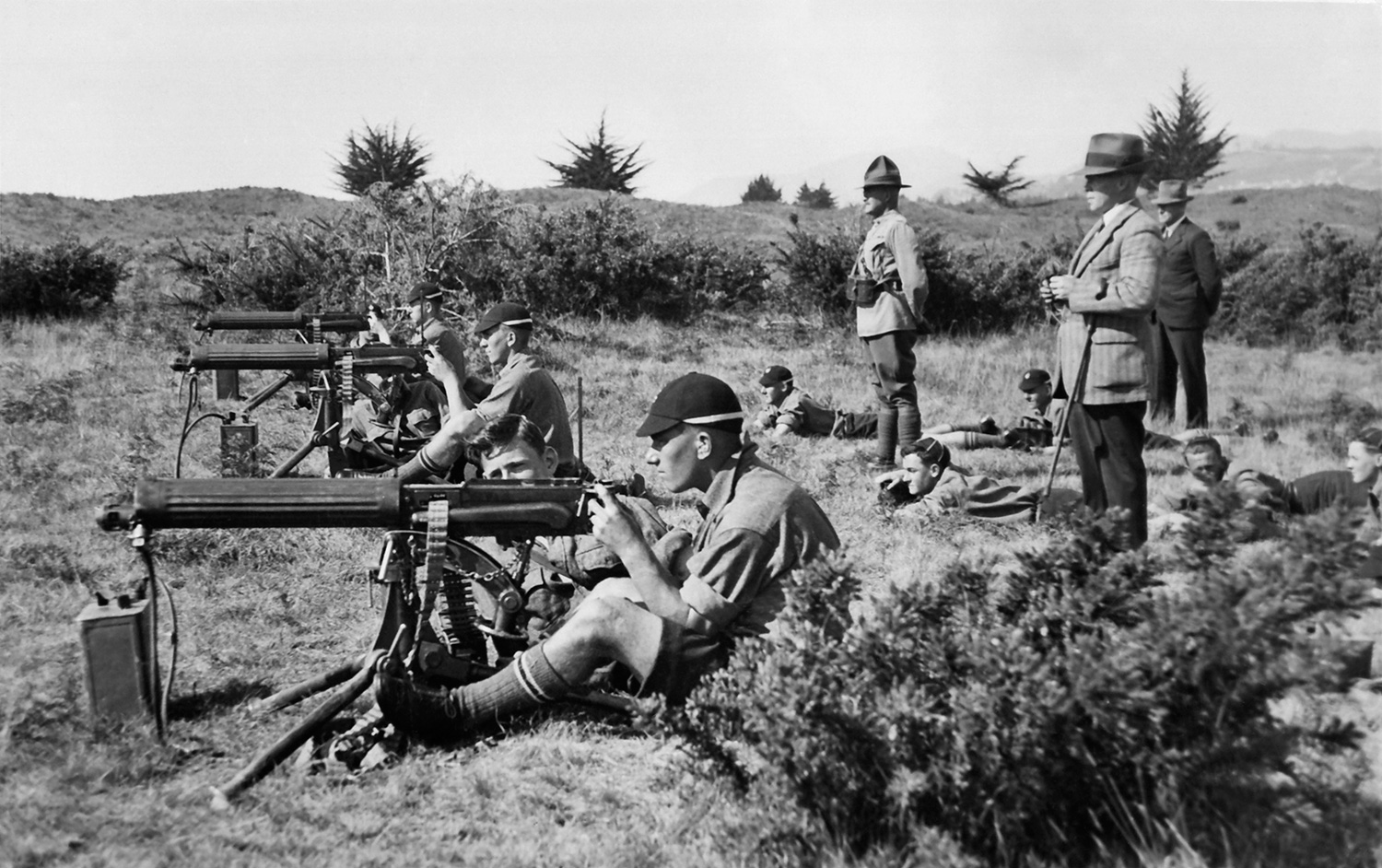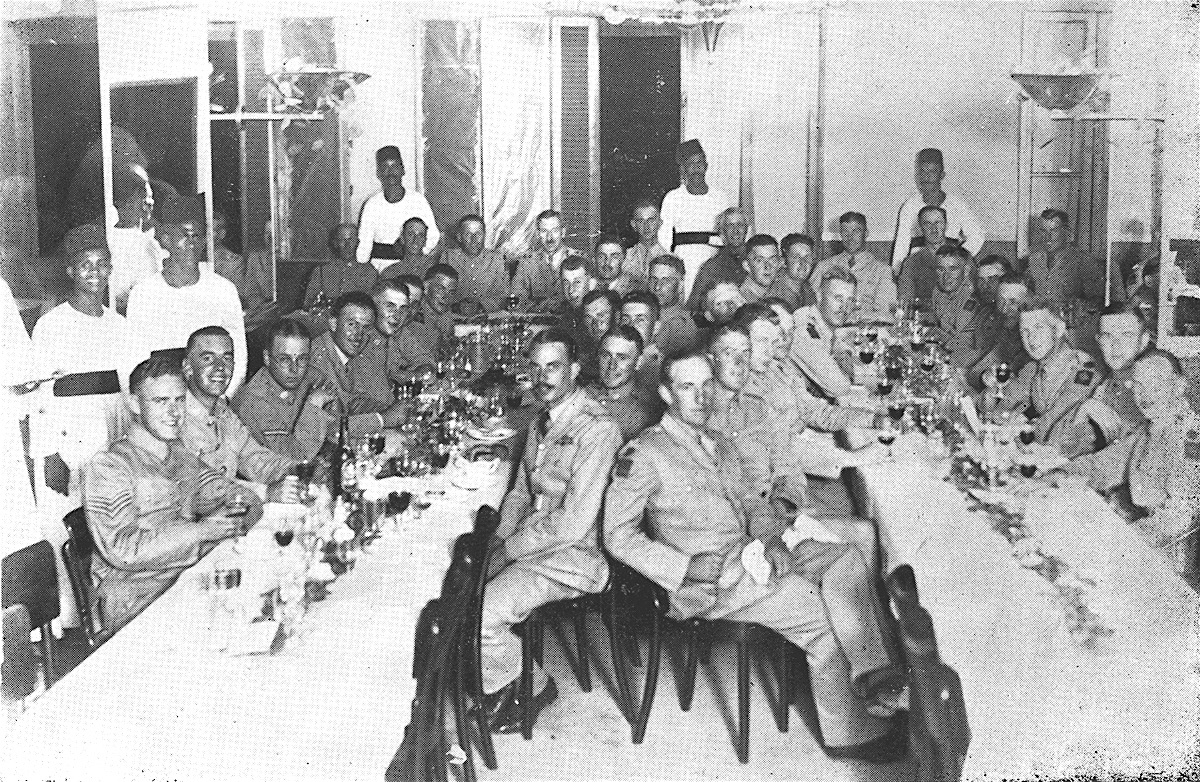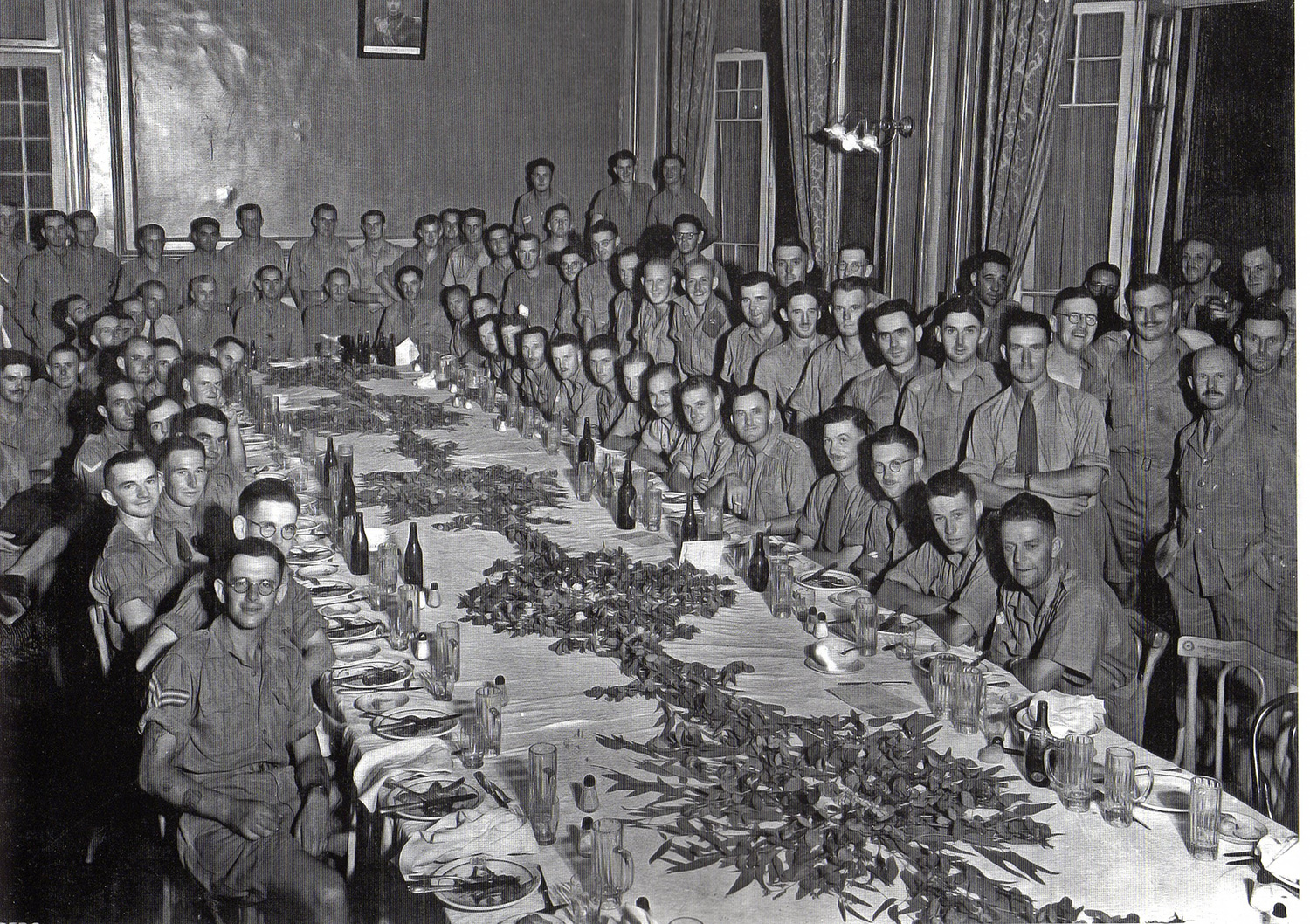Nelson College Old Boys at Sidi Rezegh
Brian Cox, who served at Sidi Rezegh with New Zealand’s 27 (Machine Gun) Battalion, attended Nelson College from 1930 to 1934. He was one of hundreds of Nelson College Old Boys who served in World War Two. One hundred and seventy four old boys did not return and they are remembered on the memorial plaques in the College’s Scriptorium.
Many old boys took part, directly or indirectly, in the battle of Sidi Rezegh, including the men whose story in the battle is noted below. The Nelsonian magazines for the war years contain information about old boys who took part in the campaign. While some of the magazines record decorations awarded and casualties, there is also some anecdotal material, including the following item from ‘H.H.N.’, who wrote:
‘We had an interesting and at times a fairly hectic campaign. At one stage shortly after the start of things the enemy and we spent several days just chasing each other around in small circles. We would chase one mob of Jerries while another party of Jerries chased us, and so on all over the desert. We laugh about it now, but were not so amused by it at the time. Our part in the campaign finished with the fall of Bardia and we came out after a fairly solid nine weeks. About two weeks after we arrived at our present location we had a gala day and our first wash over-all for over two months.’1
Another old boy (‘E.A.W.’) related that:
‘I am in a mobile surgical unit. During the Libyan campaign we went into action with the division and were very busy, our job being to treat in forward areas cases too badly wounded to be transported long distances. As a theatre assistant I found the work interesting though not pleasant. For one period of eight days with other medical units we were in the hands of the enemy and heavily shelled, some of the patients being killed when a tent was hit.’2
While it is not possible to establish a list of every old boy who fought there, some of the more notable included the following:
Lieutenant Colonel Clayden Shuttleworth (1920—25):3 As commanding officer of 24 Infantry Battalion he was involved in some of the hardest fighting of the campaign, until he was captured on 30 November when 24 Battalion was overrun. He was one on the many men captured, ‘taken away but refusing to acknowledge defeat by putting up his hands’.4 He was subsequently awarded the Distinguished Service Order.
Lieutenant Haddon Donald (1930—31):5 Donald, who had a distinguished military career, was a platoon commander with 22 Infantry Battalion at Sidi Rezegh. He was awarded the Military Cross after the campaign.
Lieutenant Colonel Joseph Peart, who commanded 18 Battalion at Sidi Rezegh was a master at Nelson College from 1922—1924. He subsequently died of wounds in Egypt in September 1942.6
Major Thomas Straker (1929—34): Straker served under Brigadier Hargest in 5 Brigade. Shortly before the brigade headquarters was overrun on 27 November, it was under attack from enemy machine guns. Hargest ‘ran around the partly destroyed Intelligence truck to speak to Straker, my brigade major: “Can we find some men to counter-attack these machine guns and drive them off?” He pointed to the east. There, not a hundred yards away, through the smoke of the burning trucks, I saw a line of enemy tanks coming in smartly.’ Straker was among the hundreds of men captured but he attempted to escape. He ‘dropped to the rear and, running along a shallow trench, lay down at its furthest end and covered himself with rubbish; but someone had seen him and he was fished out again. He was taken into Bardia.’7
Lieutenant Edward (‘Eru’) Mabin (1930—35): Mabin was a platoon commander with 27 (Machine Gun) Battalion. In the advance towards Sidi Rezegh on the night of 25/26 November, the platoon advanced too far forward and were left isolated, Mabin and several others were captured.8
Lance Bombardier James (‘Jim’) Henderson (1931—35): Henderson served with 29 Battery, 6 Field Regiment. He was wounded and taken prisoner when the battery was overrun on 1 December 1941. Unfortunately, his left leg had to be amputated when he was in a POW camp in Italy; in 1943 he was repatriated back to New Zealand. While in Wellington hospital he wrote an account of his experiences which were published as Gunner Inglorious. This was first published in 1945 and has since sold in excess of 100,000 copies.9
Lieutenant James Jack (1926—27): Jack was commander of 9 Platoon, A Company, 25 Battalion at Sidi Rezegh. During the attack on Point 175 on 23 November he was wounded three times. He recovered and returned to the Division in 1942, before being captured at El Mreir in July 1942, spending the remainder of the war as a POW.




